Home>Construction & Tools>Building Materials>What Is Dryvit Stucco
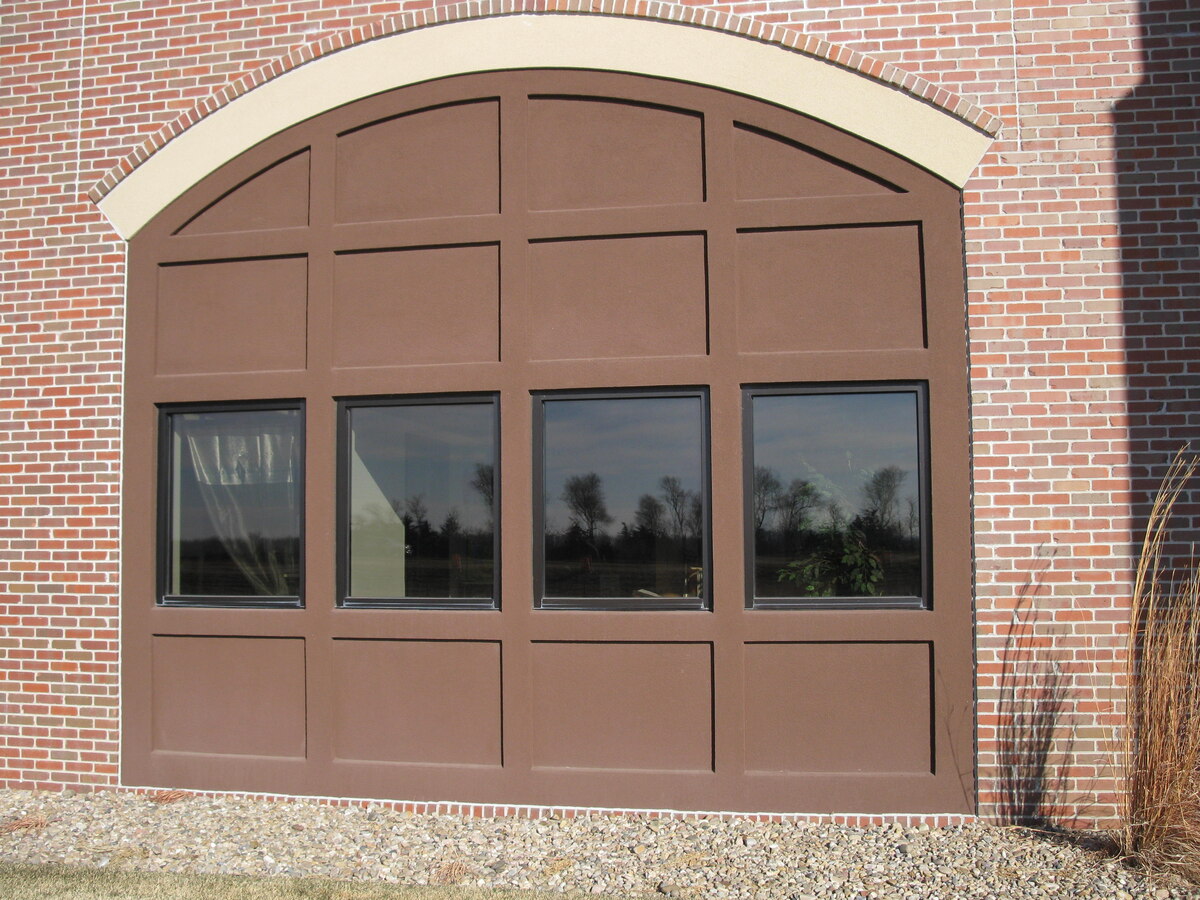

Building Materials
What Is Dryvit Stucco
Published: January 17, 2024
Discover the benefits of Dryvit stucco as a versatile and durable building material. Learn about its applications and advantages in construction projects.
(Many of the links in this article redirect to a specific reviewed product. Your purchase of these products through affiliate links helps to generate commission for Storables.com, at no extra cost. Learn more)
Introduction
When it comes to enhancing the aesthetics and durability of a building, the choice of exterior cladding plays a pivotal role. Among the myriad options available, Dryvit stucco stands out as a popular and versatile choice for architects, contractors, and homeowners alike. This innovative cladding system offers a harmonious blend of functionality, aesthetics, and sustainability, making it a compelling choice for both new constructions and renovations.
Dryvit stucco, also known as exterior insulation and finish system (EIFS), has gained widespread recognition for its ability to provide a seamless and visually appealing exterior finish while offering exceptional insulation properties. As we delve into the intricacies of Dryvit stucco, we will explore its composition, benefits, applications, and maintenance requirements, shedding light on why it has become a preferred choice in the realm of building materials.
Join us on a journey to unravel the nuances of Dryvit stucco, discovering the art and science behind this exceptional cladding system. Whether you are a construction enthusiast, a homeowner contemplating a renovation, or simply someone intrigued by the world of building materials, this exploration will provide valuable insights into the realm of Dryvit stucco and its myriad applications.
Key Takeaways:
- Dryvit stucco, also known as EIFS, is a versatile and visually appealing cladding system that provides exceptional insulation, design flexibility, and seamless integration with various architectural styles, making it a preferred choice for modern construction projects.
- Regular maintenance, including cleaning, inspections, and professional repairs, is crucial for preserving the longevity and performance of Dryvit stucco, ensuring its visual appeal, energy efficiency, and weather resistance over time.
Read more: What Is Stucco?
Understanding Dryvit Stucco
Dryvit stucco, or EIFS, is a versatile exterior cladding system renowned for its ability to provide a seamless, insulated, and visually appealing finish to buildings. This innovative system comprises several layers that work in tandem to enhance the structural integrity, energy efficiency, and aesthetic appeal of a structure.
At its core, Dryvit stucco consists of a layer of expanded polystyrene (EPS) insulation board, which serves as an effective thermal barrier, reducing energy consumption and enhancing the building’s overall energy efficiency. This insulation layer is complemented by a durable base coat, typically made of polymer-modified cement, which provides a robust foundation for the system. The final layer consists of an acrylic finish coat, available in a wide array of colors and textures, allowing for endless design possibilities.
One of the defining features of Dryvit stucco is its ability to mimic the appearance of traditional stucco while offering superior insulation properties. This makes it an ideal choice for both residential and commercial buildings, enabling architects and designers to achieve the desired aesthetic while prioritizing energy efficiency and durability.
Moreover, Dryvit stucco is renowned for its versatility, as it can be customized to meet specific design requirements. Whether a sleek, modern finish or a textured, rustic appeal is desired, Dryvit stucco can be tailored to suit diverse architectural styles, making it a favored choice for a wide range of projects.
As we delve deeper into the composition and characteristics of Dryvit stucco, it becomes evident that this cladding system transcends mere functionality, emerging as a canvas for architectural creativity and sustainable design. Its ability to seamlessly integrate with various architectural elements while offering exceptional thermal performance positions Dryvit stucco as a cornerstone of modern building materials.
The Composition of Dryvit Stucco
Dryvit stucco, or EIFS, is a multi-layered cladding system designed to provide insulation, protection, and aesthetic appeal. Understanding the composition of Dryvit stucco entails unraveling the intricate layers that collectively contribute to its functionality and visual allure.
The foundation of Dryvit stucco lies in the expanded polystyrene (EPS) insulation board, which serves as the primary thermal barrier, effectively reducing heat transfer and enhancing energy efficiency. This insulation layer is available in varying thicknesses to accommodate different insulation requirements, allowing for tailored solutions to meet specific energy performance goals.
Complementing the insulation board is the base coat, a crucial component that provides structural integrity and weather resistance. Typically composed of polymer-modified cement, the base coat forms a robust foundation for the system, ensuring durability and protection against environmental elements such as moisture and impact.
The final layer of Dryvit stucco is the acrylic finish coat, which plays a pivotal role in defining the cladding system’s aesthetic appeal. Available in an extensive range of colors, textures, and finishes, the acrylic coat allows for customization, enabling architects and designers to achieve their desired visual impact. Whether a smooth, sleek finish or a textured, rustic appearance is envisioned, the acrylic finish coat offers a versatile canvas for creative expression.
Together, these layers form a cohesive and integrated cladding system that not only enhances the building’s thermal performance but also elevates its visual appeal. The composition of Dryvit stucco exemplifies a harmonious fusion of functionality and design, where each layer serves a distinct purpose while contributing to the overall efficacy of the system.
By understanding the composition of Dryvit stucco, one gains insight into the synergy of materials and technologies that underpin its performance, durability, and aesthetic versatility. This comprehensive understanding lays the foundation for leveraging the full potential of Dryvit stucco in architectural design, construction, and sustainable building practices.
Benefits of Dryvit Stucco
Dryvit stucco, also known as EIFS, offers a myriad of benefits that make it a compelling choice for architects, contractors, and homeowners seeking a versatile and sustainable cladding solution. From energy efficiency to design flexibility, the advantages of Dryvit stucco extend across various dimensions, elevating its appeal in the realm of exterior cladding systems.
Exceptional Insulation: One of the primary benefits of Dryvit stucco lies in its superior insulation properties. The expanded polystyrene (EPS) insulation board effectively reduces heat transfer, enhancing the building’s energy efficiency and contributing to lower heating and cooling costs. This thermal barrier creates a more comfortable indoor environment while minimizing the structure’s environmental impact.
Design Versatility: Dryvit stucco offers unparalleled design flexibility, allowing architects and designers to unleash their creativity and bring diverse architectural visions to life. With a wide range of colors, textures, and finishes available in the acrylic finish coat, the cladding system can be customized to achieve specific aesthetic goals, whether it’s a modern, minimalist facade or a textured, timeless appeal.
Seamless Integration: The lightweight nature of Dryvit stucco facilitates seamless integration with various architectural elements, enabling a cohesive and visually appealing exterior finish. Whether used in new constructions or renovations, the system can adapt to diverse building designs, complementing the overall aesthetic while adding a layer of insulation and protection.
Durability and Weather Resistance: The base coat of polymer-modified cement provides a durable foundation for the cladding system, offering protection against moisture, impact, and environmental wear. This robust layer enhances the longevity of the building’s exterior, reducing maintenance requirements and ensuring sustained visual appeal over time.
Sustainable Building Solution: With its energy-efficient properties and potential for reducing overall environmental impact, Dryvit stucco aligns with sustainable building practices. By enhancing a structure’s thermal performance and reducing energy consumption, the cladding system contributes to a greener, more eco-conscious built environment.
By harnessing these benefits, Dryvit stucco transcends conventional exterior cladding systems, emerging as a versatile, sustainable, and visually captivating solution for modern construction and architectural design. Its ability to harmonize functionality, aesthetics, and environmental responsibility underscores its significance in the realm of building materials.
Dryvit stucco is a type of exterior cladding that provides insulation and a decorative finish. It is a popular choice for commercial and residential buildings due to its durability and energy efficiency.
Applications of Dryvit Stucco
Dryvit stucco, renowned for its versatility and aesthetic appeal, finds diverse applications across residential, commercial, and institutional settings, offering a seamless and energy-efficient cladding solution for a wide array of structures. Its adaptability, design flexibility, and insulation properties make it a favored choice for architects, contractors, and homeowners seeking a durable and visually appealing exterior finish.
Residential Buildings: In the realm of residential construction, Dryvit stucco serves as an ideal cladding system, enhancing the visual appeal and energy efficiency of homes. From single-family residences to multi-unit developments, the system offers design versatility, allowing homeowners to achieve their desired aesthetic while benefiting from improved insulation and reduced energy costs.
Commercial Structures: The applications of Dryvit stucco extend to commercial buildings, where its ability to seamlessly integrate with diverse architectural styles and its customizable finish options make it an attractive choice. From office complexes to retail establishments, the system provides a durable and visually captivating exterior, contributing to the overall appeal and energy performance of commercial properties.
Institutional Facilities: Educational institutions, healthcare facilities, and government buildings benefit from the insulation and design flexibility offered by Dryvit stucco. The system’s ability to enhance the visual impact of institutional structures while improving energy efficiency aligns with the sustainability and aesthetic requirements of such facilities, making it a preferred cladding solution.
Renovations and Retrofits: Dryvit stucco’s adaptability and lightweight nature make it well-suited for renovations and retrofits, where it can be applied over existing substrates to revitalize the exterior of buildings. Whether updating the facade of a historic structure or modernizing the appearance of an aging building, the system offers a seamless and energy-efficient solution for revitalizing existing properties.
By catering to a diverse range of applications, Dryvit stucco emerges as a versatile and sustainable cladding system, offering a harmonious blend of functionality and design across various construction projects. Its ability to adapt to different architectural styles and structural requirements positions it as a cornerstone of modern building materials, contributing to the visual appeal, energy efficiency, and longevity of diverse structures.
Read more: What Is Lath For Stucco
Maintenance of Dryvit Stucco
Maintaining the visual appeal and performance of Dryvit stucco is essential for ensuring the longevity and sustainability of the cladding system. By adhering to recommended maintenance practices, homeowners, building managers, and contractors can preserve the integrity and aesthetic allure of Dryvit stucco, safeguarding its insulation properties and weather resistance over time.
Regular Cleaning: Periodic cleaning of Dryvit stucco surfaces is crucial for preventing the buildup of dirt, grime, and pollutants, which can detract from the system’s visual appeal. Utilizing a gentle cleaning solution and a soft brush or cloth, the surfaces can be gently washed to maintain their pristine appearance. Avoiding harsh chemicals and abrasive cleaning tools is imperative to prevent damage to the acrylic finish coat.
Inspection and Repairs: Conducting routine inspections of the cladding system allows for the early detection of any signs of damage, such as cracks, chips, or delamination. Promptly addressing these issues through professional repairs can prevent potential water infiltration and preserve the structural integrity of the system. Regular inspections also enable the identification of any areas requiring resealing or recaulking to maintain weather resistance.
Sealant Maintenance: Ensuring the integrity of sealant joints and transitions is vital for preventing moisture intrusion and maintaining the weatherproofing of Dryvit stucco. Periodically inspecting and repairing sealant joints around windows, doors, and other penetrations helps preserve the system’s ability to resist water and air infiltration, safeguarding the building’s interior and the cladding system itself.
Professional Maintenance: Engaging qualified professionals for comprehensive maintenance and repairs can provide added assurance regarding the longevity and performance of Dryvit stucco. Professional contractors with expertise in EIFS maintenance can conduct thorough inspections, identify potential issues, and execute necessary repairs, ensuring the continued functionality and visual appeal of the cladding system.
Preventative Measures: Implementing preventative measures, such as directing sprinklers away from the cladding, addressing landscaping issues that may impact the system, and ensuring proper drainage around the building, contributes to the overall maintenance of Dryvit stucco. By mitigating potential sources of moisture and environmental stress, these measures support the long-term durability of the cladding system.
By prioritizing regular maintenance and proactive care, the visual appeal, energy efficiency, and weather resistance of Dryvit stucco can be preserved, contributing to the sustained performance and aesthetic allure of the cladding system. This commitment to maintenance underscores the value of Dryvit stucco as a durable and sustainable exterior cladding solution, capable of withstanding the test of time with proper care and attention.
Conclusion
The exploration of Dryvit stucco, or EIFS, unveils a compelling narrative of innovation, functionality, and aesthetic versatility within the realm of exterior cladding systems. From its exceptional insulation properties to its design flexibility and sustainable attributes, Dryvit stucco stands as a testament to the seamless integration of form and function, offering a holistic solution for modern construction and architectural design.
As we navigate the intricacies of Dryvit stucco, we discover a cladding system that transcends conventional expectations, embodying a harmonious balance of performance and visual allure. Its multi-layered composition, comprising expanded polystyrene (EPS) insulation, a durable base coat, and an acrylic finish coat, underscores its capacity to enhance energy efficiency, provide weather resistance, and offer diverse design options.
The benefits of Dryvit stucco, ranging from exceptional insulation and design versatility to its seamless integration with various architectural styles, position it as a cornerstone of sustainable and visually captivating construction practices. Its applications across residential, commercial, and institutional settings, as well as its suitability for renovations and retrofits, underscore its adaptability and enduring appeal in diverse construction projects.
Furthermore, the maintenance of Dryvit stucco emerges as a crucial aspect of preserving its longevity and performance, emphasizing the significance of regular care, inspections, and professional interventions to maintain its visual appeal and protective attributes over time.
In essence, the journey through the intricacies of Dryvit stucco paints a vivid picture of a cladding system that not only enhances the aesthetics and energy efficiency of buildings but also embodies a commitment to sustainable design and enduring quality. Its ability to harmonize architectural creativity with thermal performance and weather resistance cements its status as a versatile and enduring solution for modern construction endeavors.
As we conclude this exploration, the significance of Dryvit stucco in the realm of building materials becomes clear, reflecting its capacity to elevate the visual appeal, energy performance, and longevity of structures while aligning with the principles of sustainable construction and architectural innovation.
Frequently Asked Questions about What Is Dryvit Stucco
Was this page helpful?
At Storables.com, we guarantee accurate and reliable information. Our content, validated by Expert Board Contributors, is crafted following stringent Editorial Policies. We're committed to providing you with well-researched, expert-backed insights for all your informational needs.
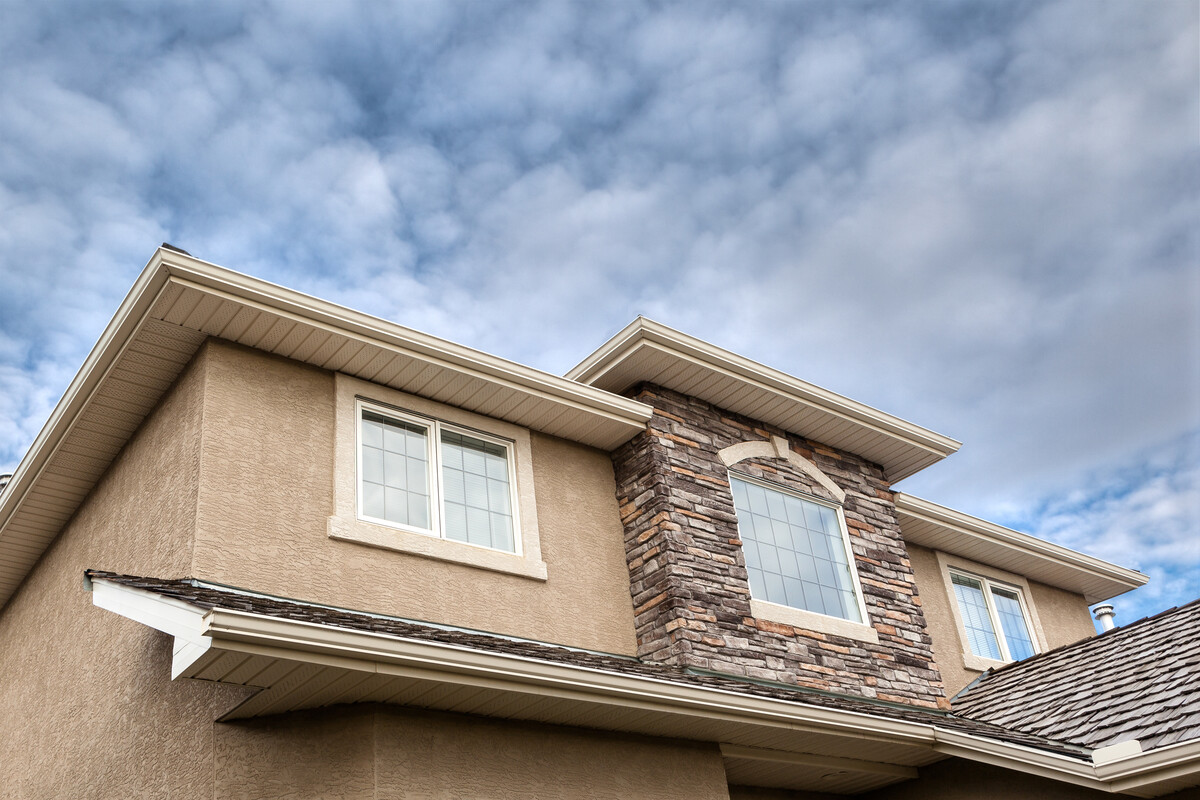
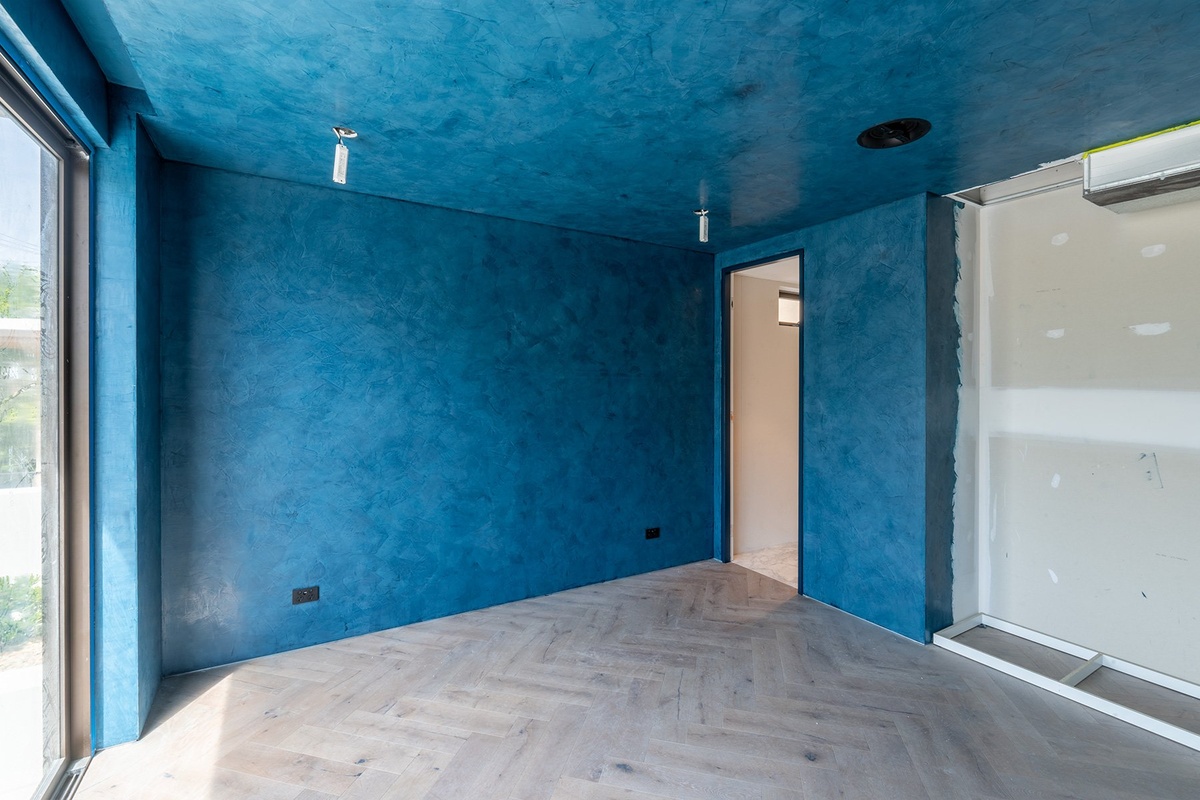
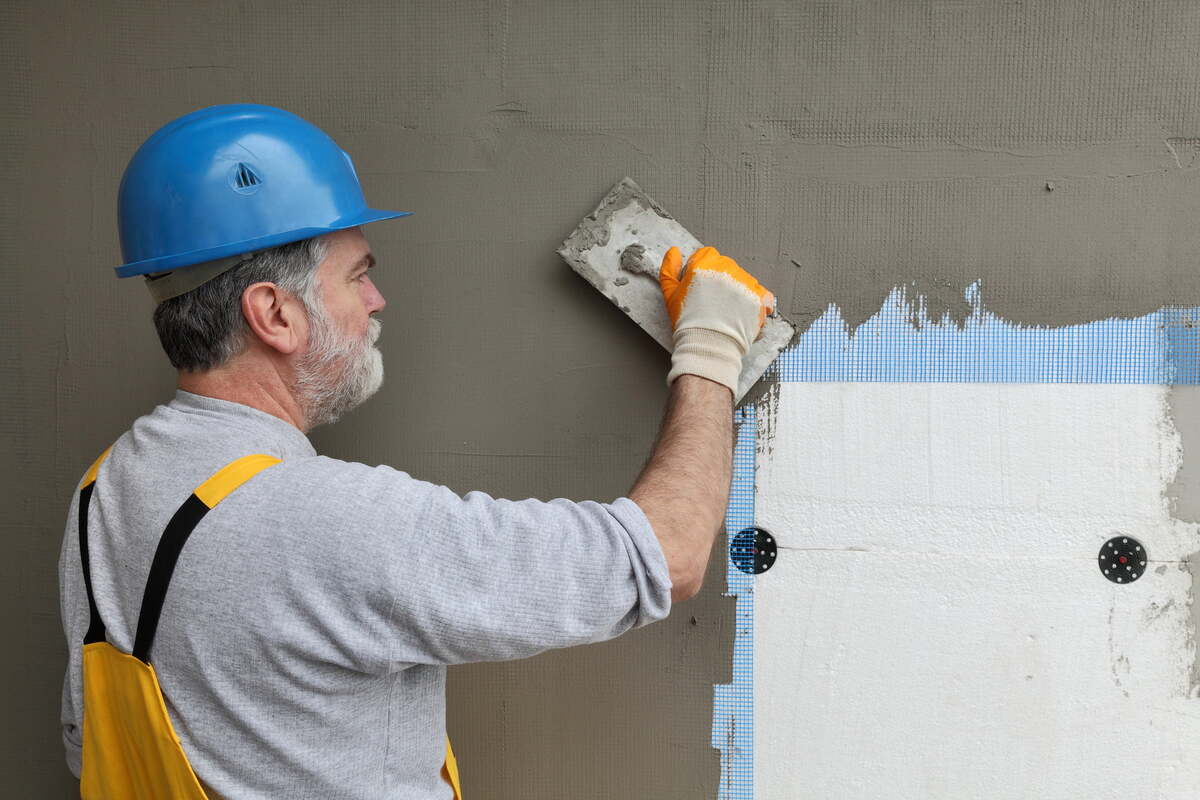
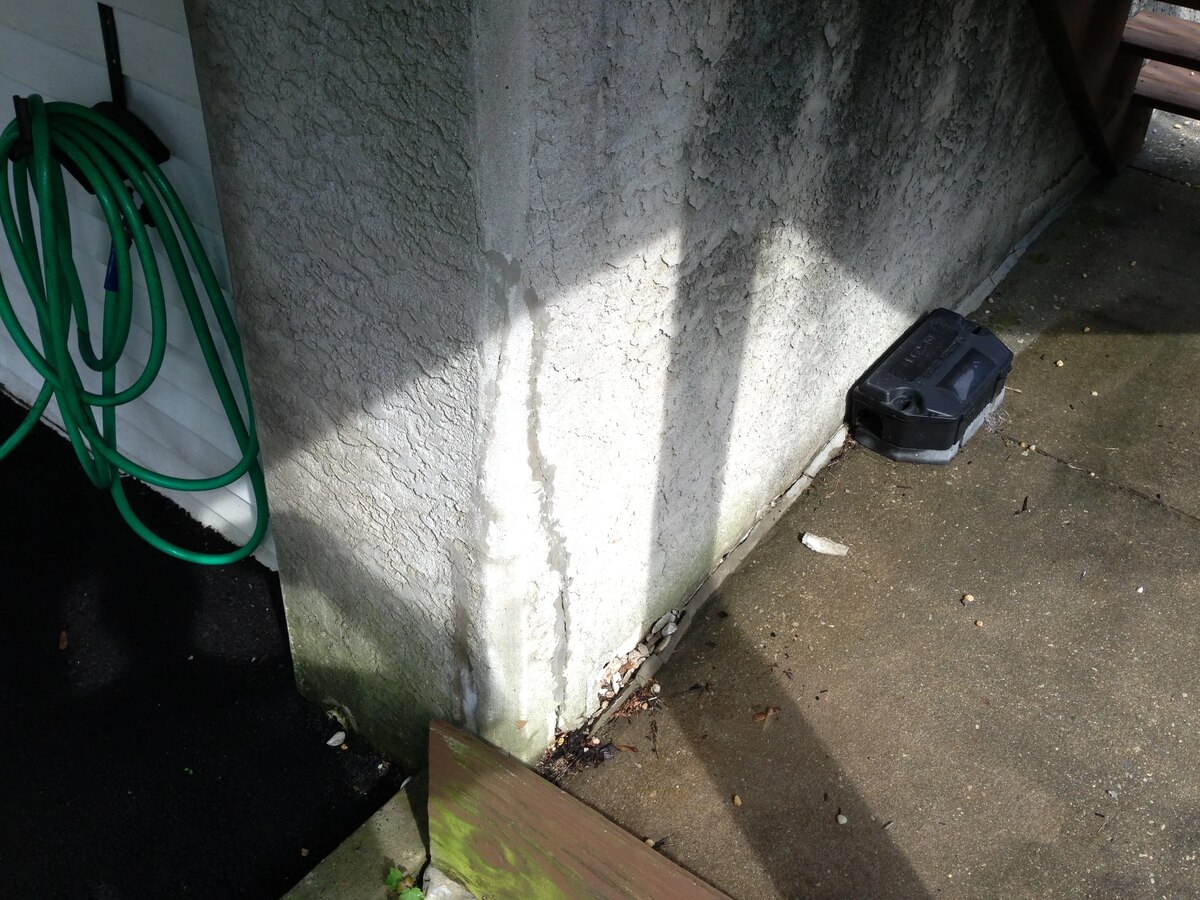
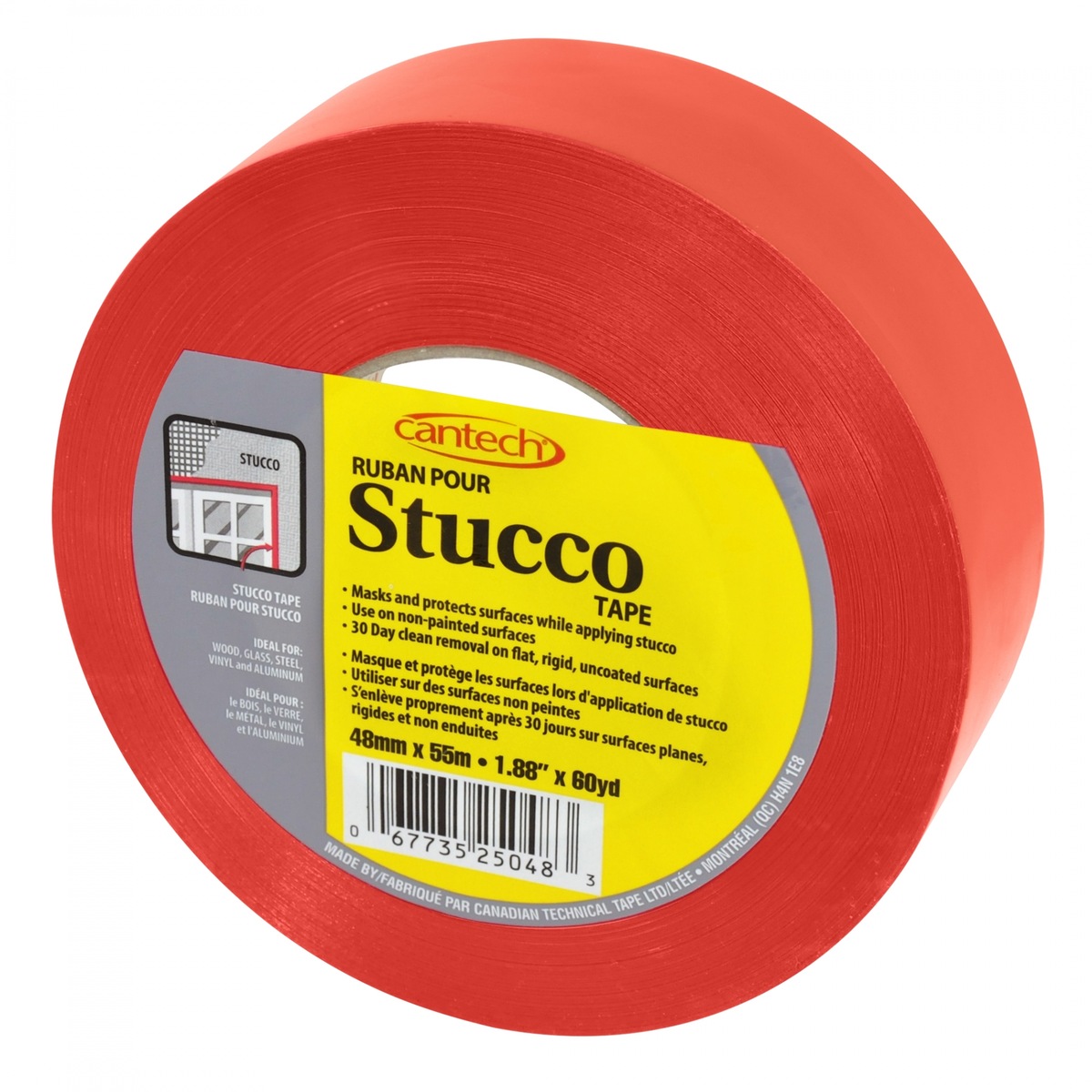
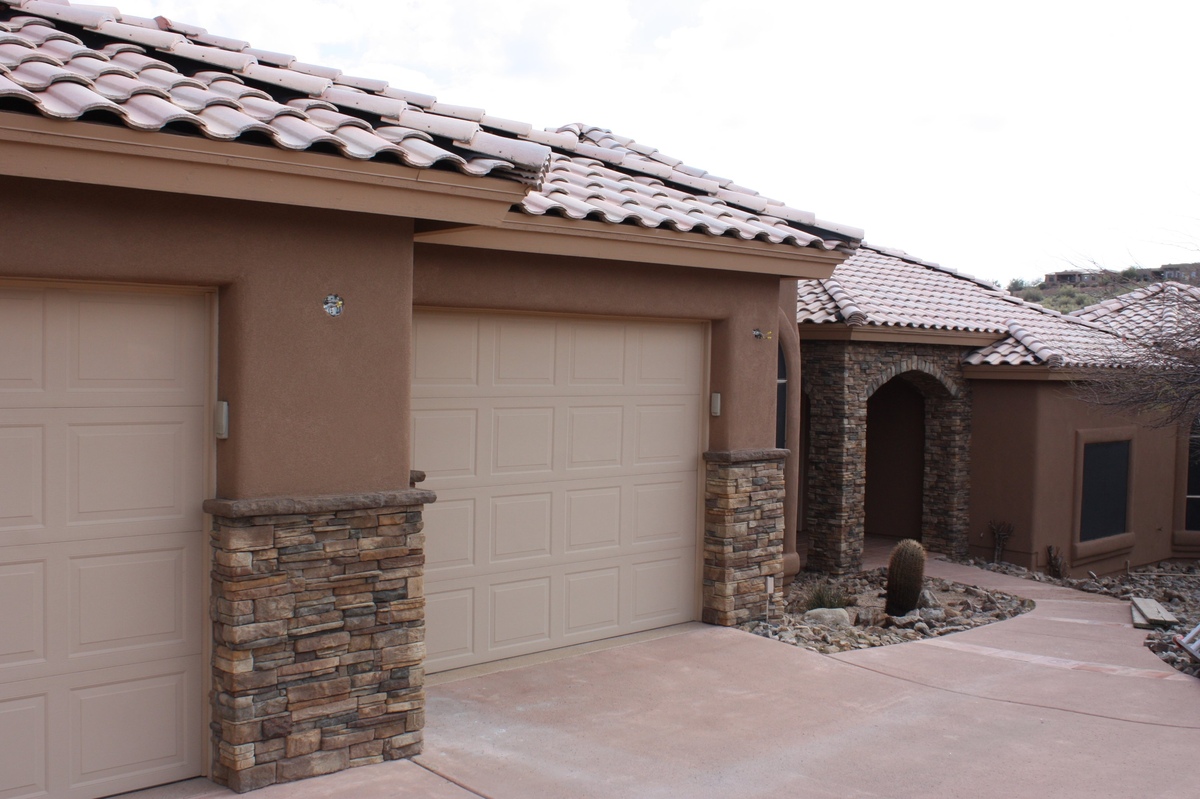
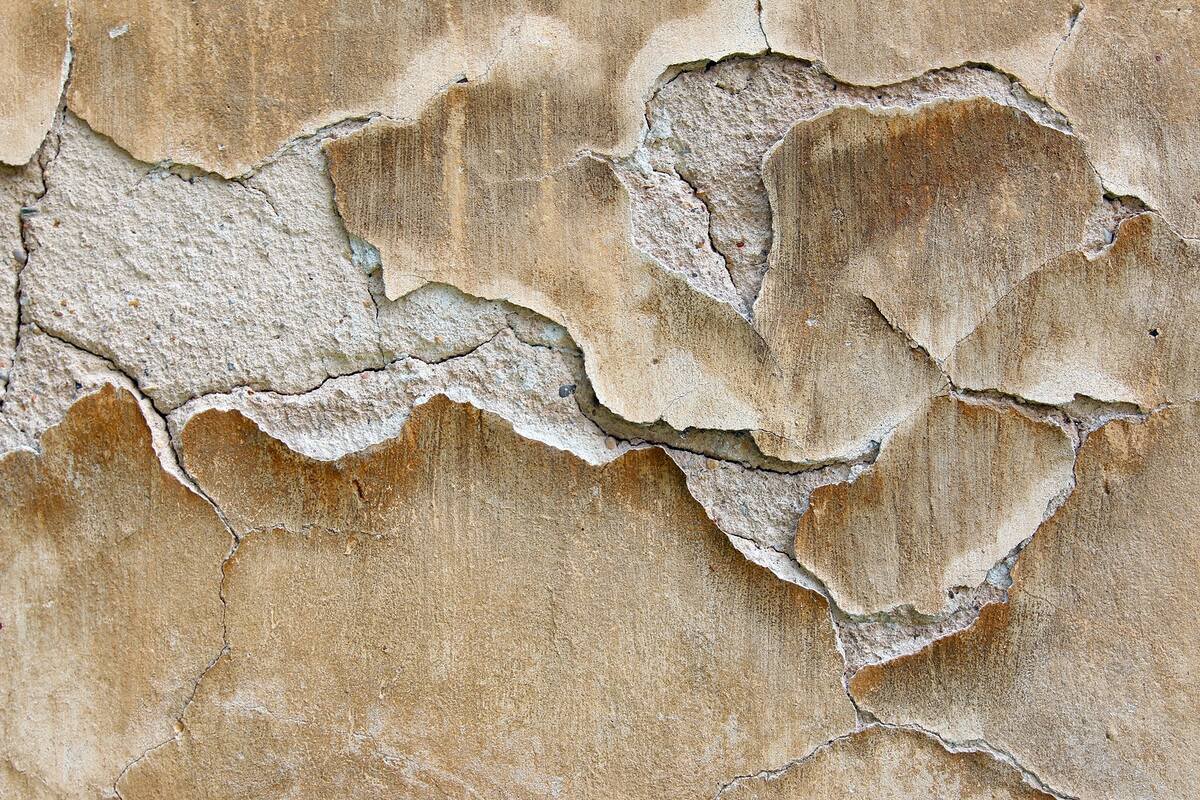
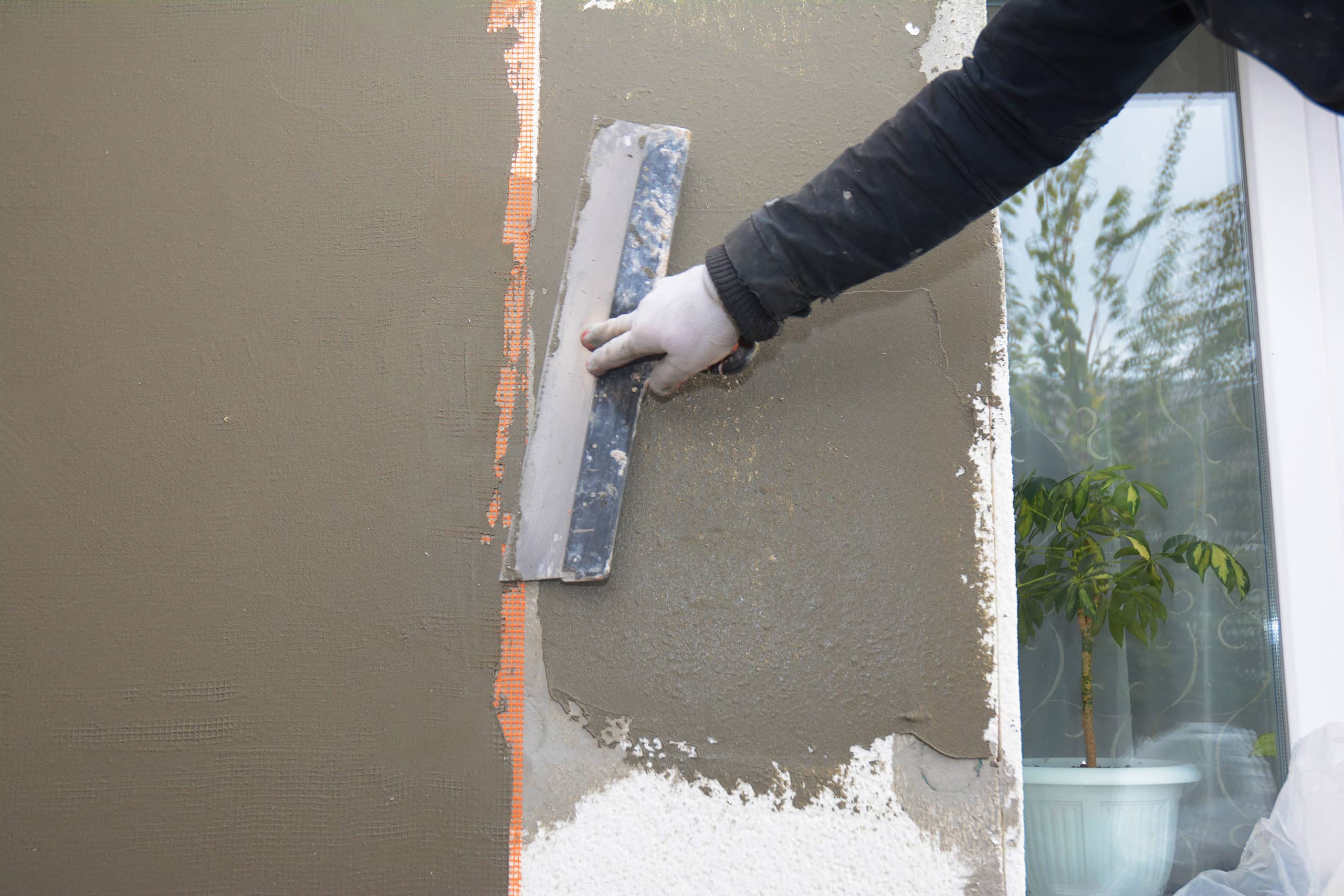
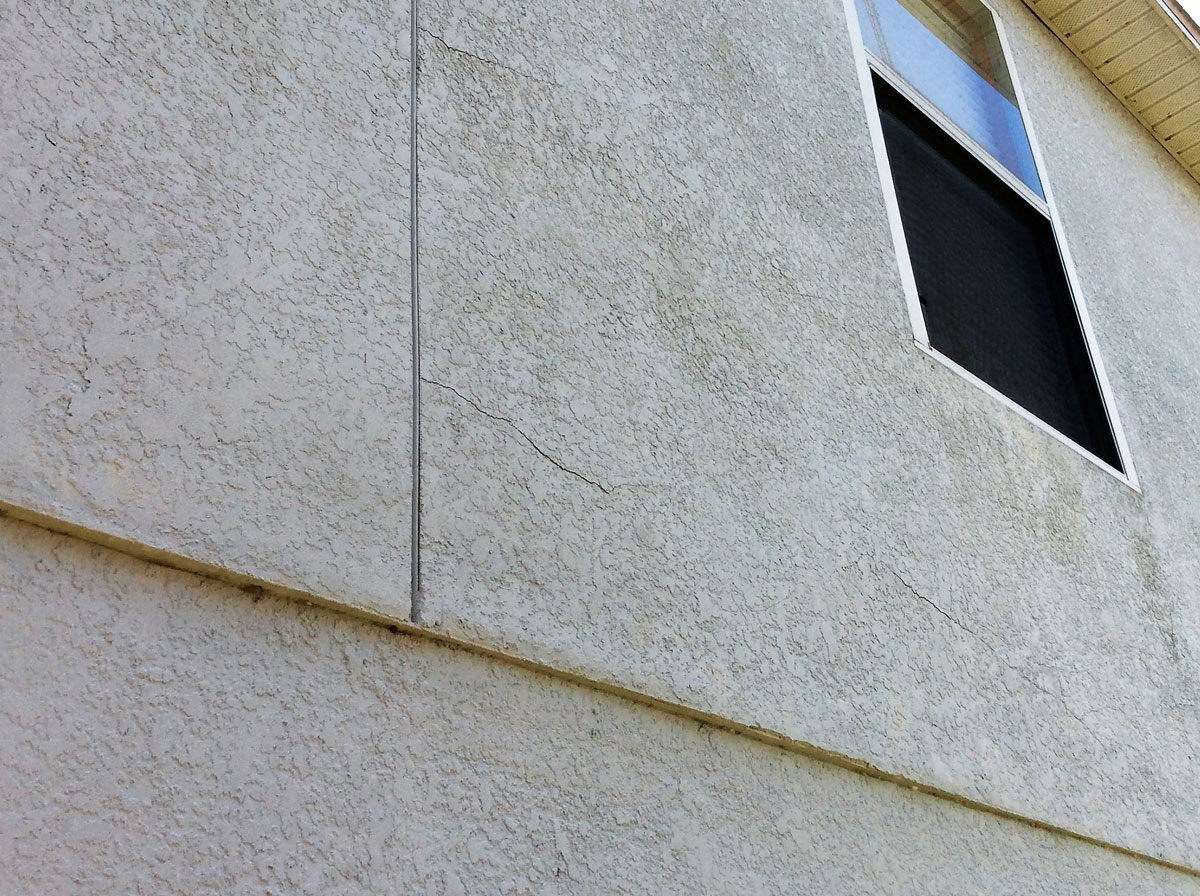
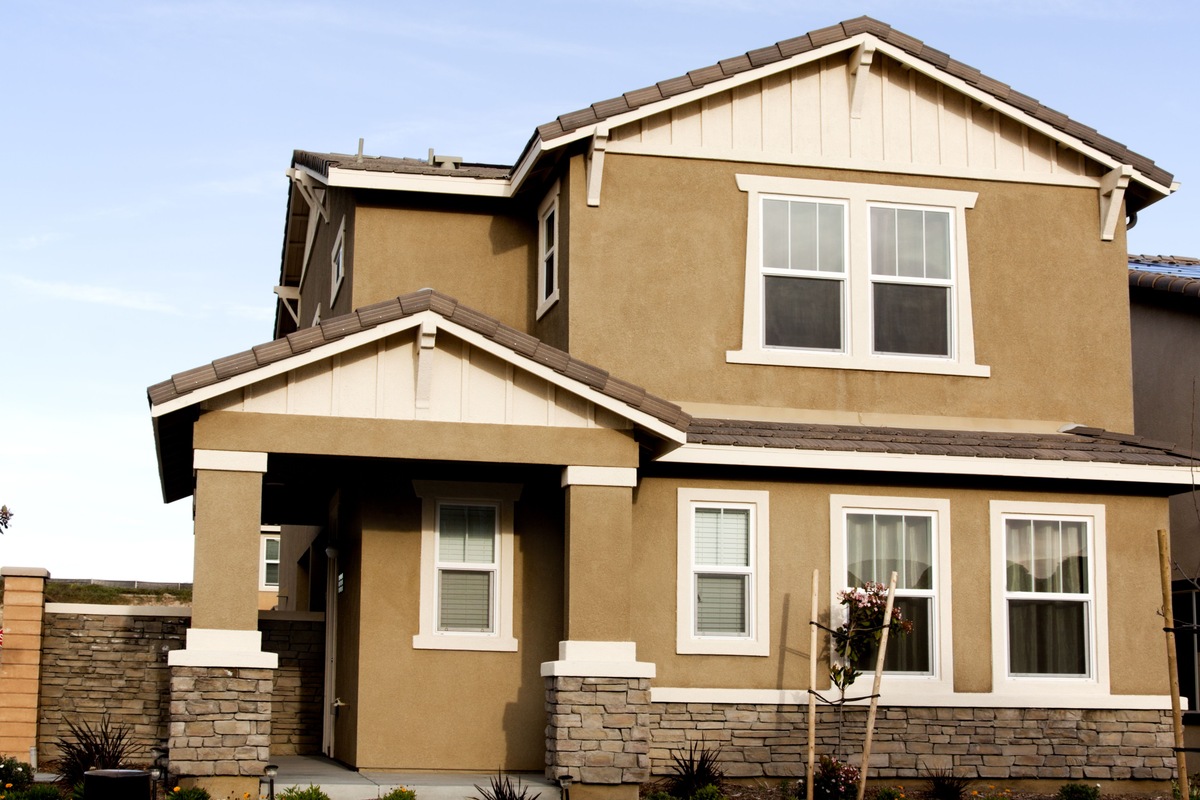

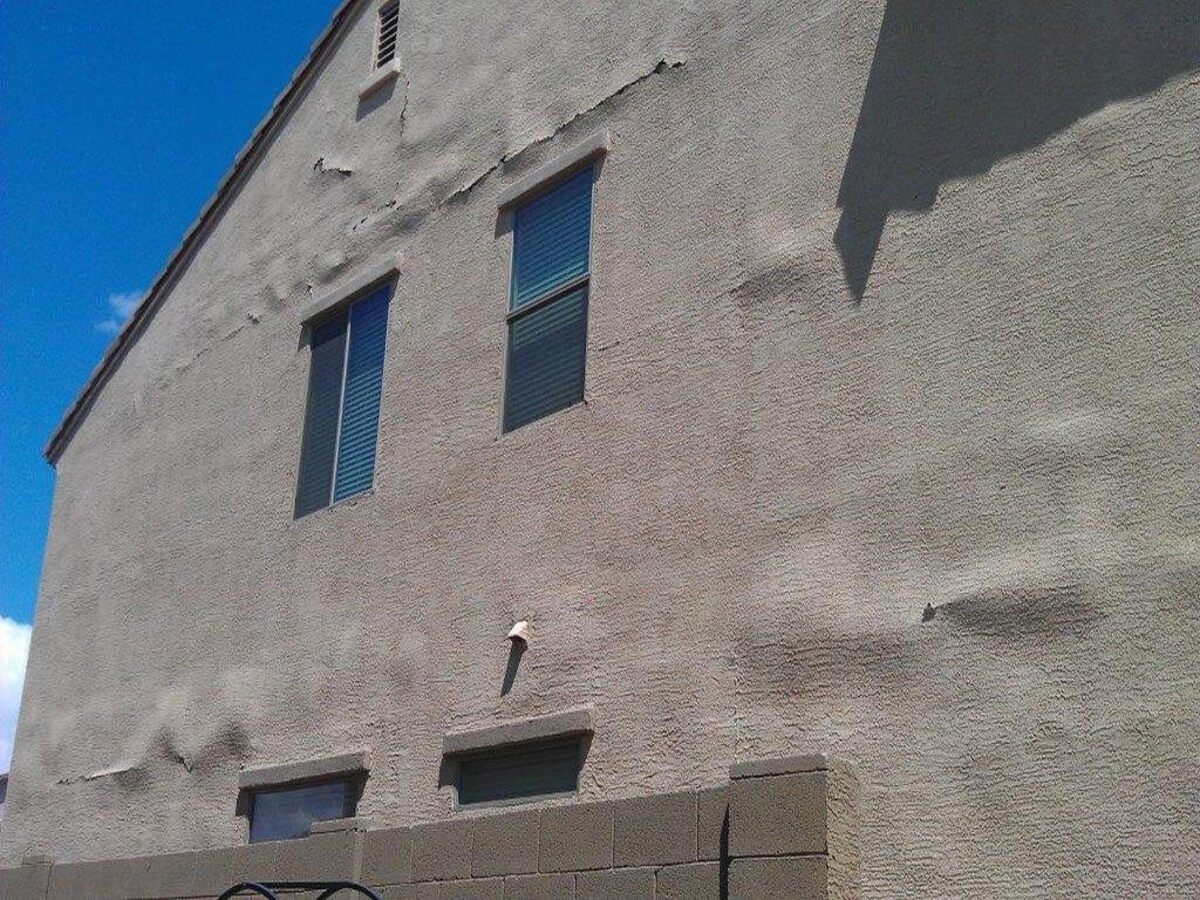
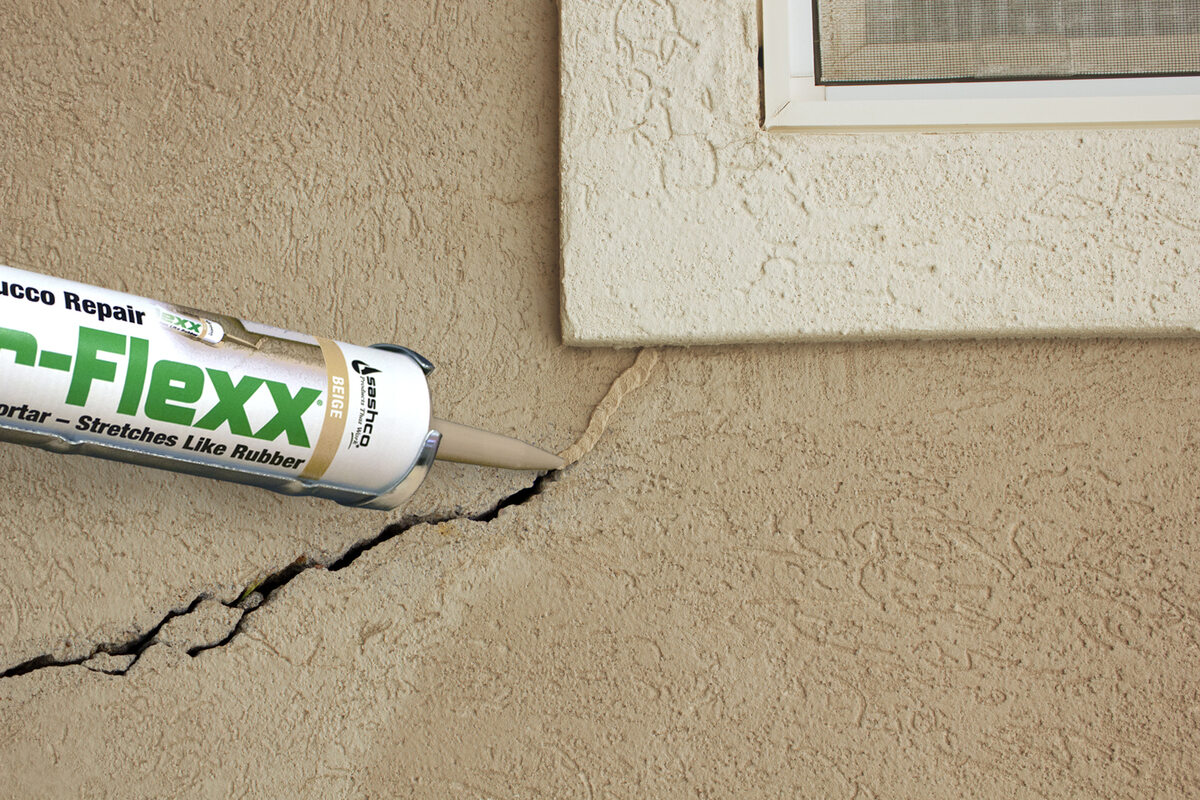
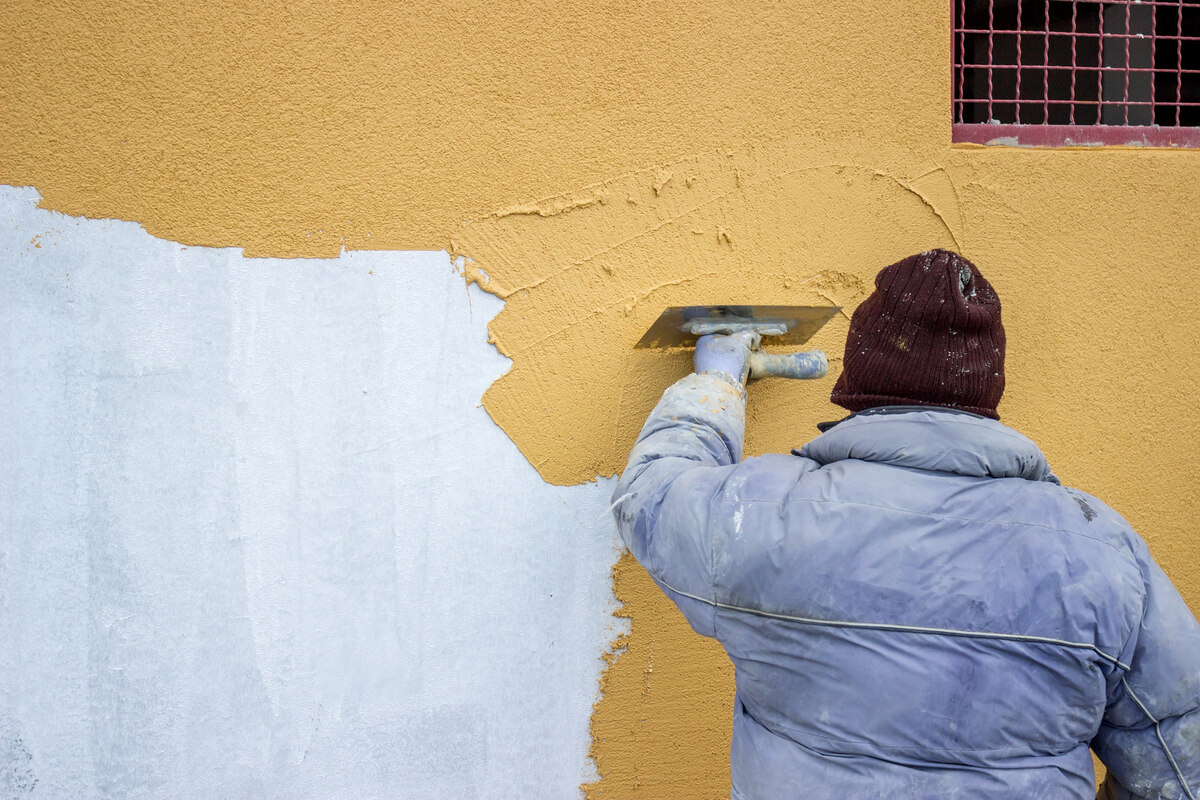

0 thoughts on “What Is Dryvit Stucco”